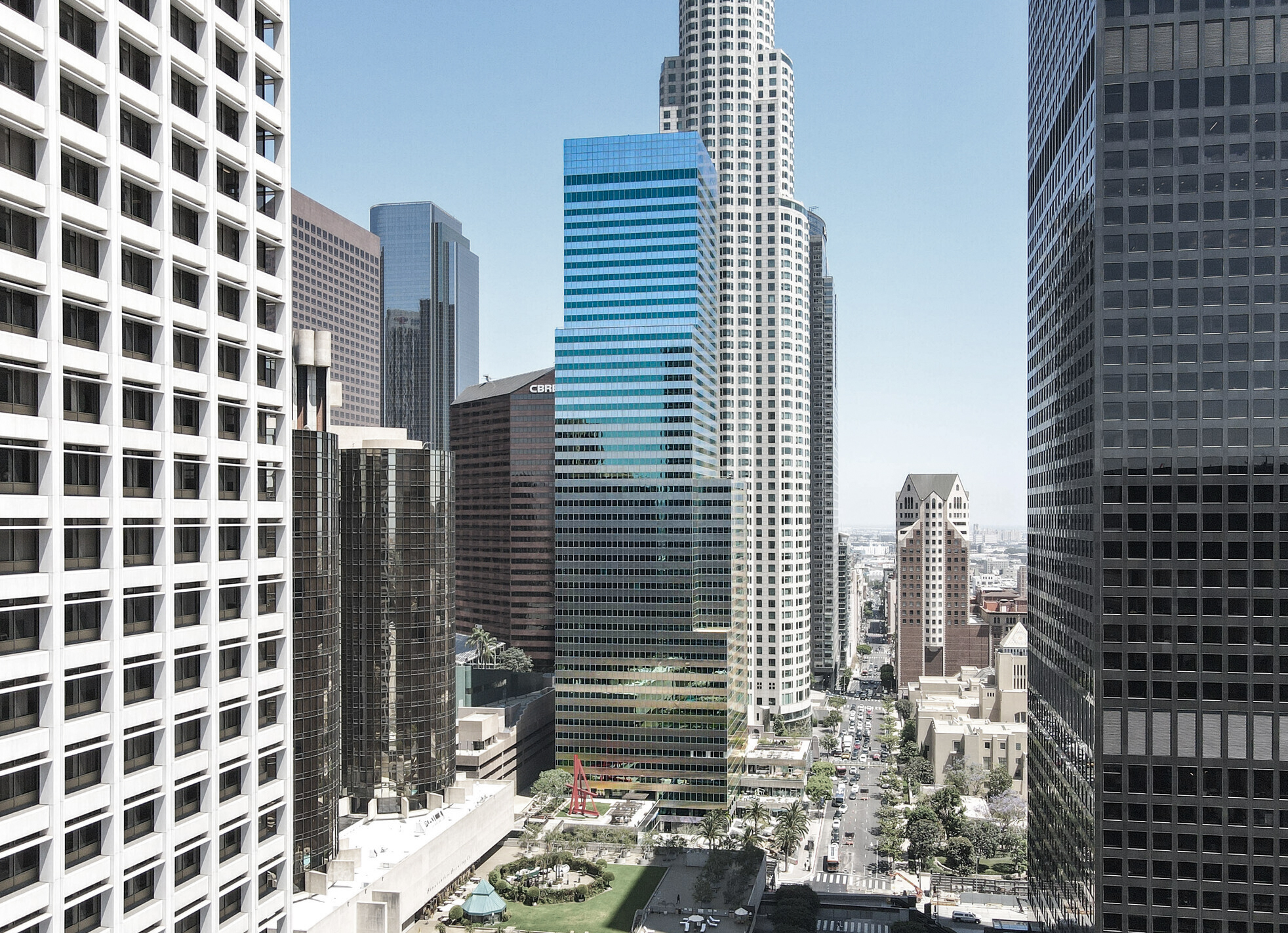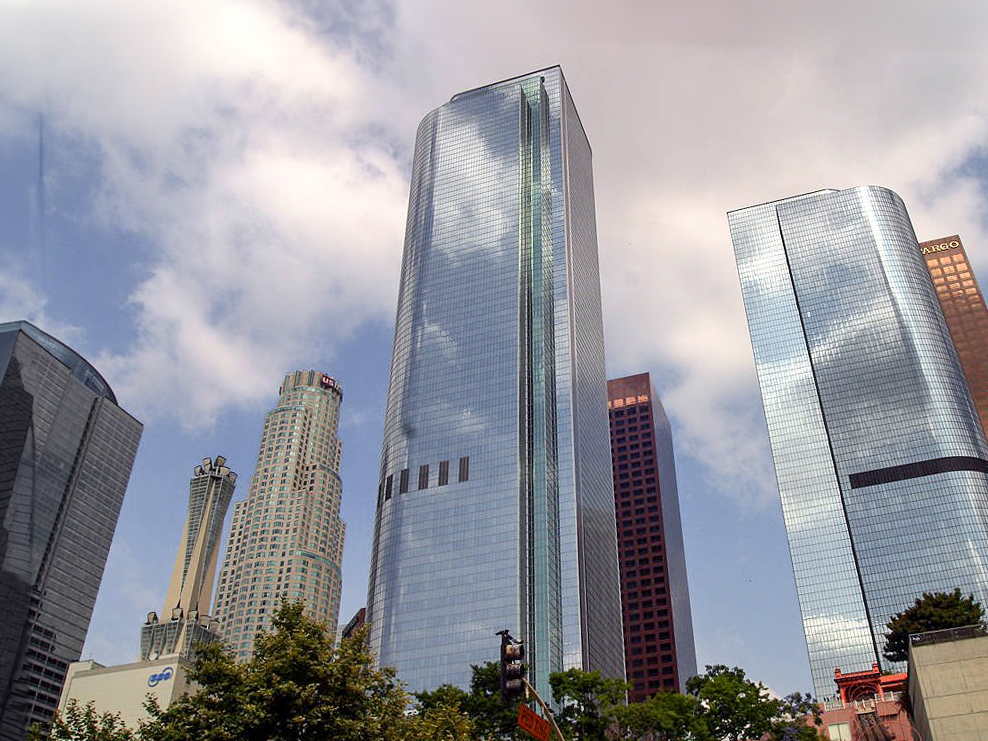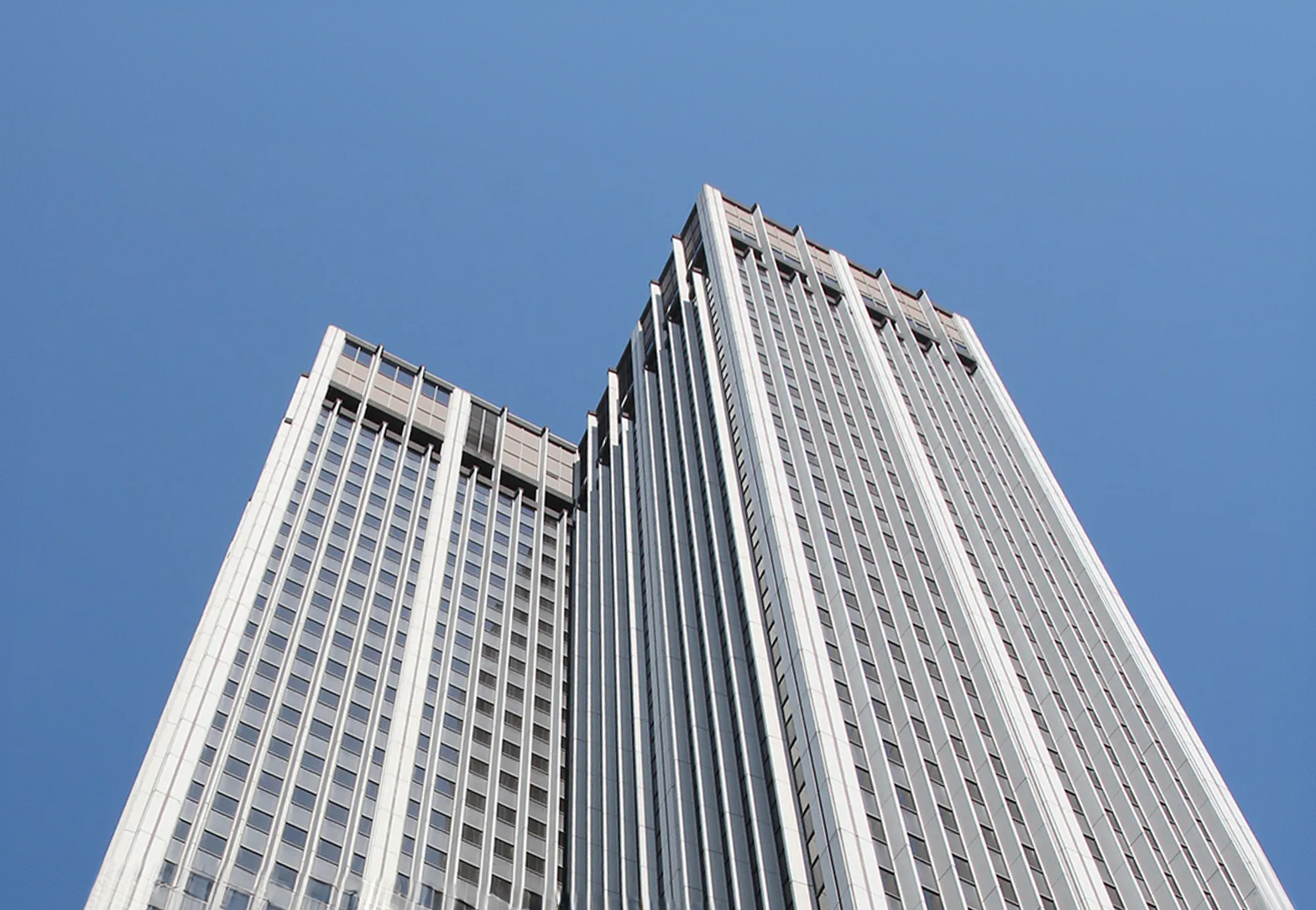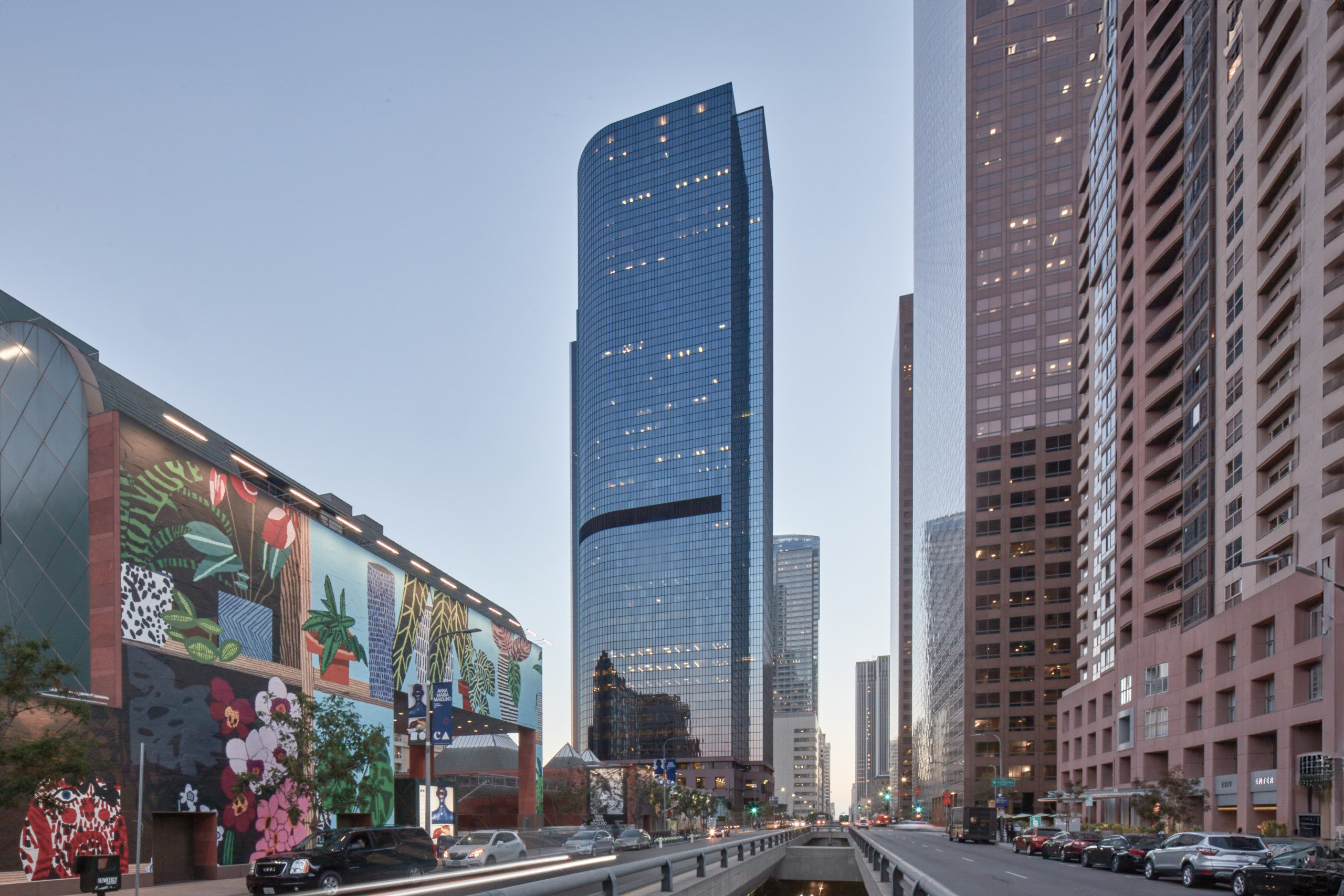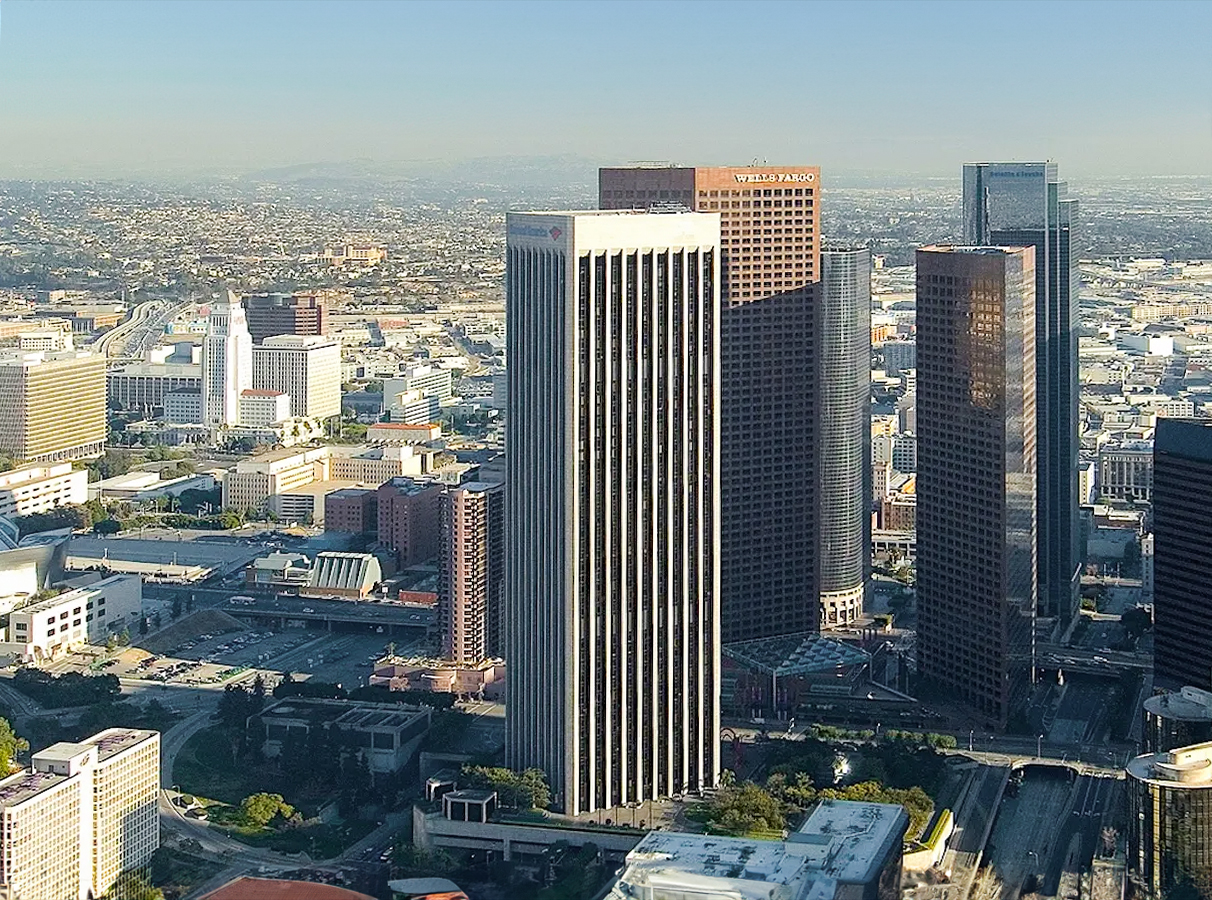The FourFortyFour South Flower Building is a Modern Style skyscraper designed by AC Martin & Associates, and built between 1978 and 1981 in Los Angeles, CA.
FourFortyFour South Flower Building is not the only name you might know this building by though. It is common for companies to want to attach their names to iconic buildings when they move in, or for the general public to come up with nicknames, and this one is no exception. The building has changed names several times over the years, and is also known as:
- Wells Fargo Building between 1981 and 2003.
- Citigroup Center between 2003 and 2016.
- 444 Plaza Building.
Its precise street address is 444 South Flower Street, Los Angeles, CA. You can also find it on the map here.
In 2012 the FourFortyFour South Flower Building was awarded with the BOMA Earth Award .
The building underwent a major restoration in 2016. The architect commissioned to undertake this restoration was Gensler.
